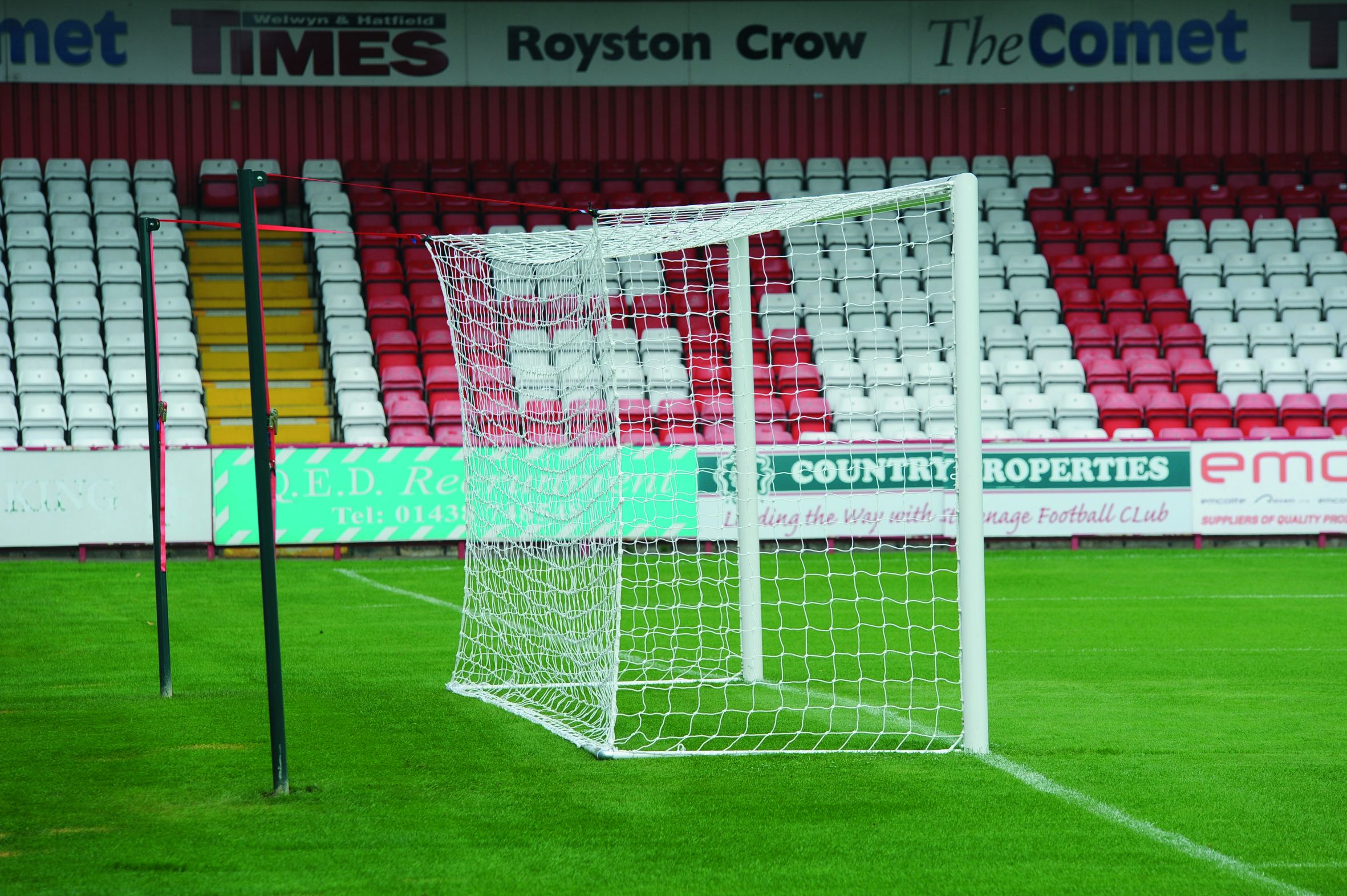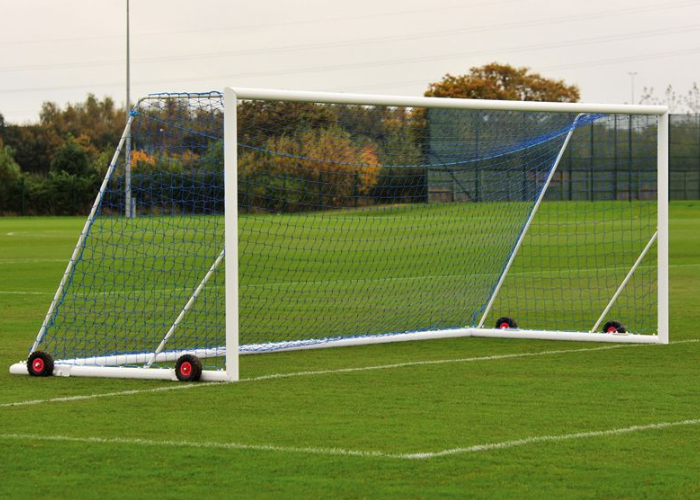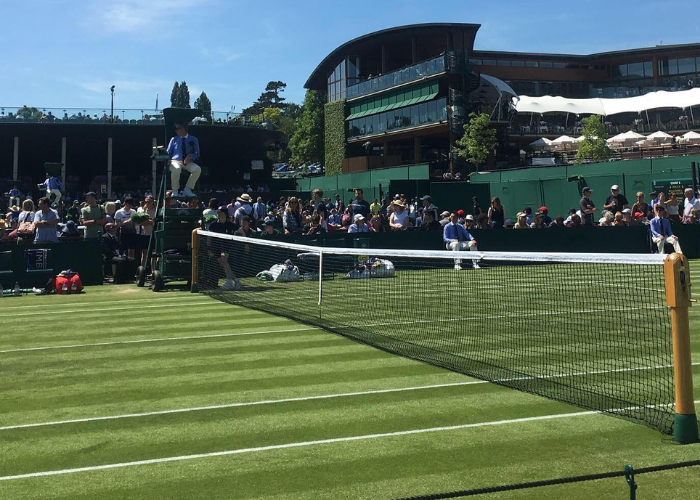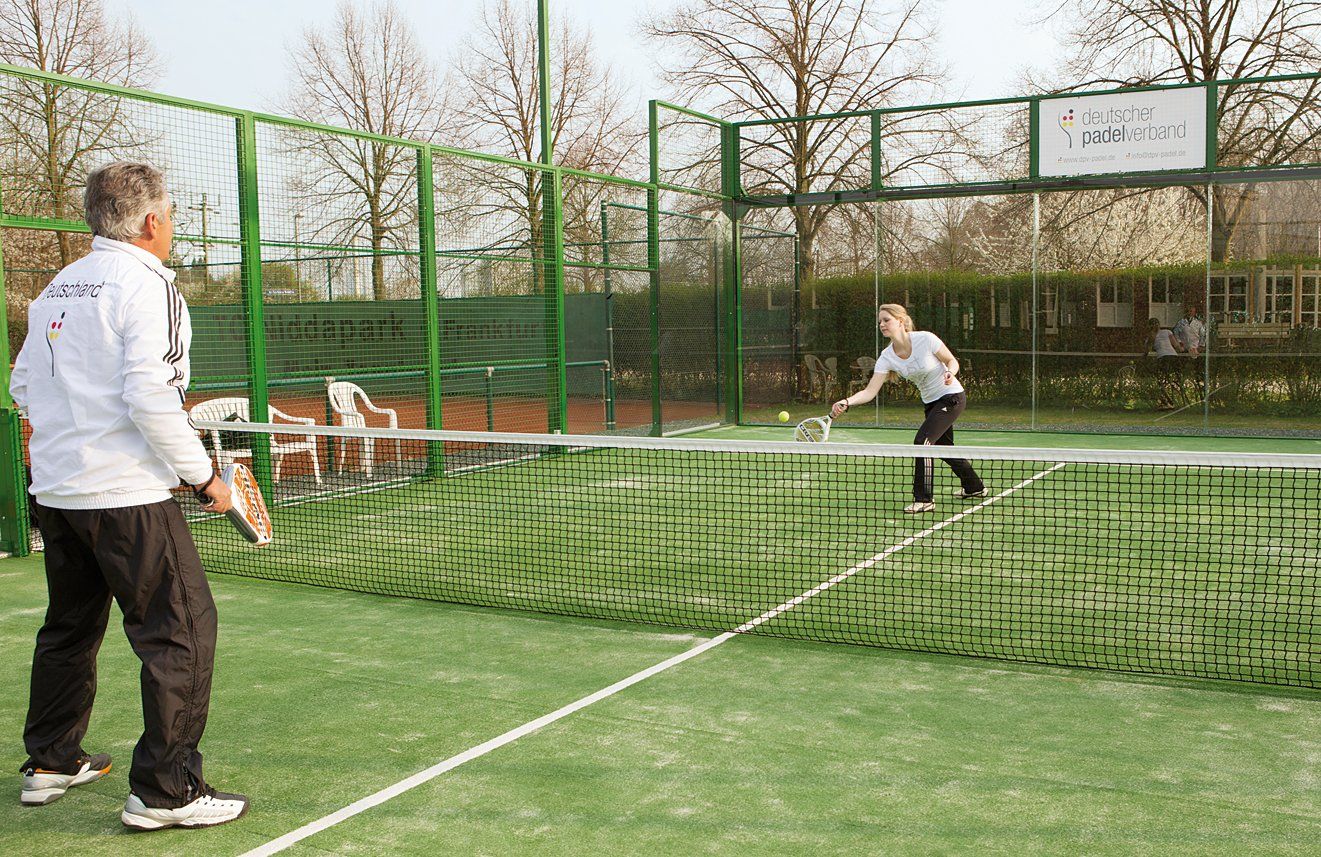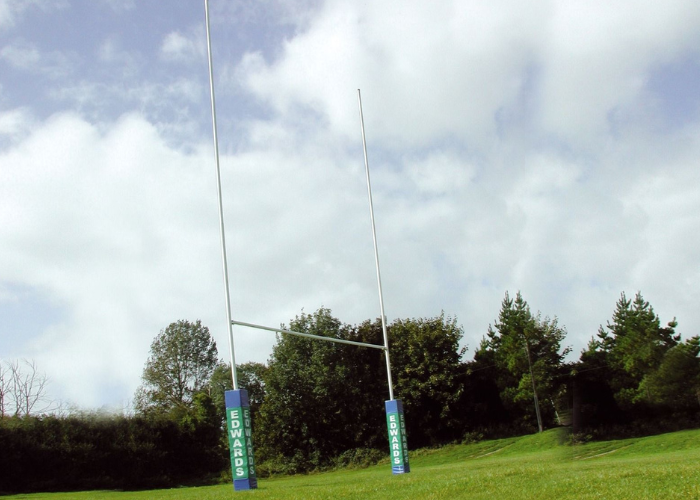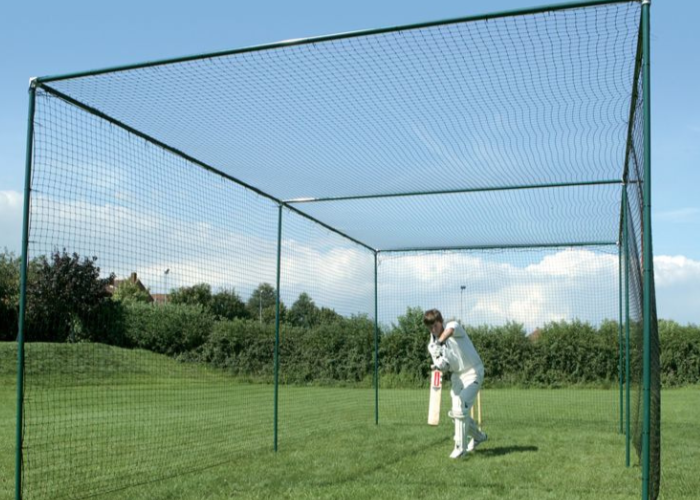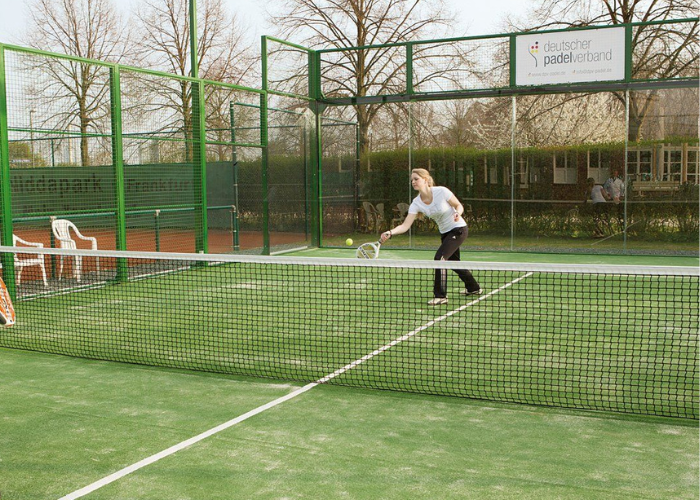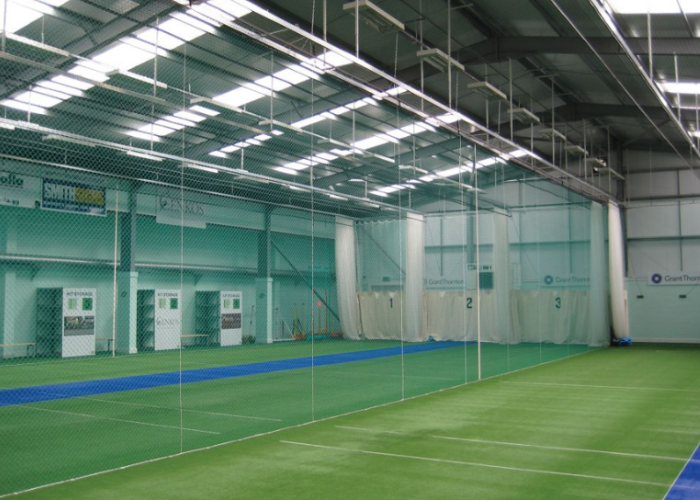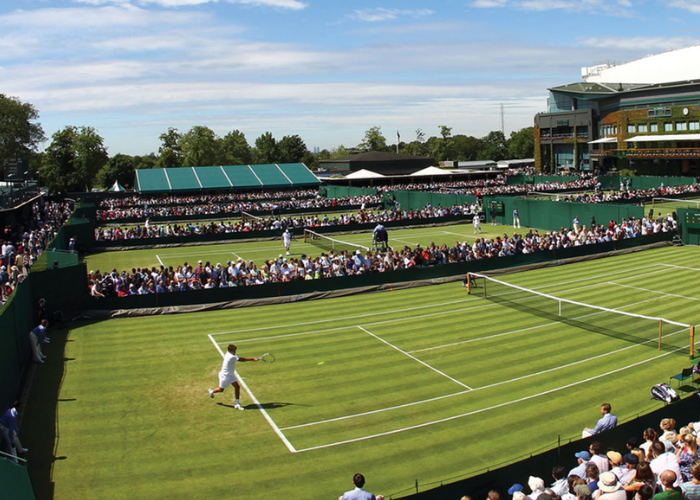We use cookies to make your experience better. To comply with the new e-Privacy directive, we need to ask for your consent to set the cookies. Learn more.
Official Tennis Net Height Rules & Regulations
- Admin
- Blog Posts
- 2 Mar 2022
-
267views
As a world-renowned supplier of tennis nets and net posts to competitions including Wimbledon and clubs across the globe, we receive a lot of questions about tennis!
One of the most common we hear is 'what are the official tennis net height rules and regulations?'. According to the International Tennis Federation (ITF) "the height of the net shall be 3 feet (0.914 m) at the centre where it shall be held down tightly by a strap".
Although this is the standard regulation height of the centre of the net there are nuances that sometimes impact the height of a tennis net.
Next, we'll explore these and answer similar questions we get on the topic of tennis net rules and regulations!
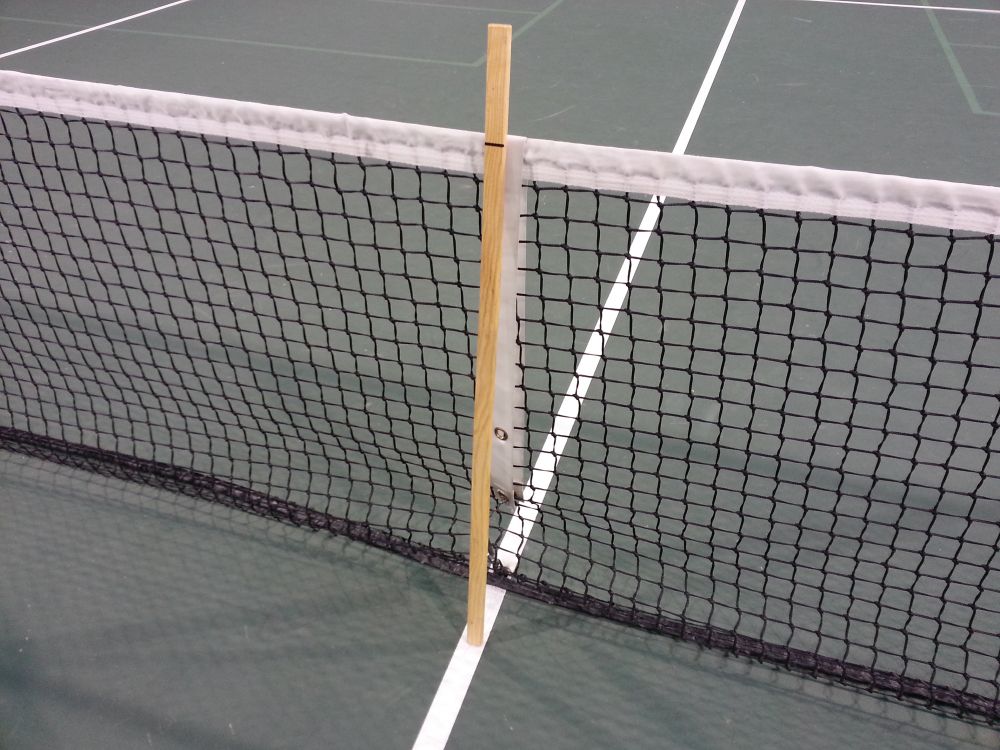
How Do You Measure Tennis Net Height?
When setting up a tennis net, it’s essential that you have two poles, a white strap, a metal-based cable, a white band, and relevant measuring equipment to make sure that it is up to playing standards.
Many ways for measuring the height of a tennis net exists, from using your fingers or the handle of your racket as a guide or using specialist tools like a wooden measuring stick.
We offer a range of different tennis court products here at Edwards Sports, so we understand the importance of making the right tool selection to benefit your gameplay. W
e consider the latter option one of the most convenient ways to adjust and measure the height of a tennis net and recommend purchasing one for any tennis enthusiast.
Consider making a purchase that’ll save you time measuring so you can spend more time on the court, or if you’re unsure, don’t hesitate to contact us for more information.
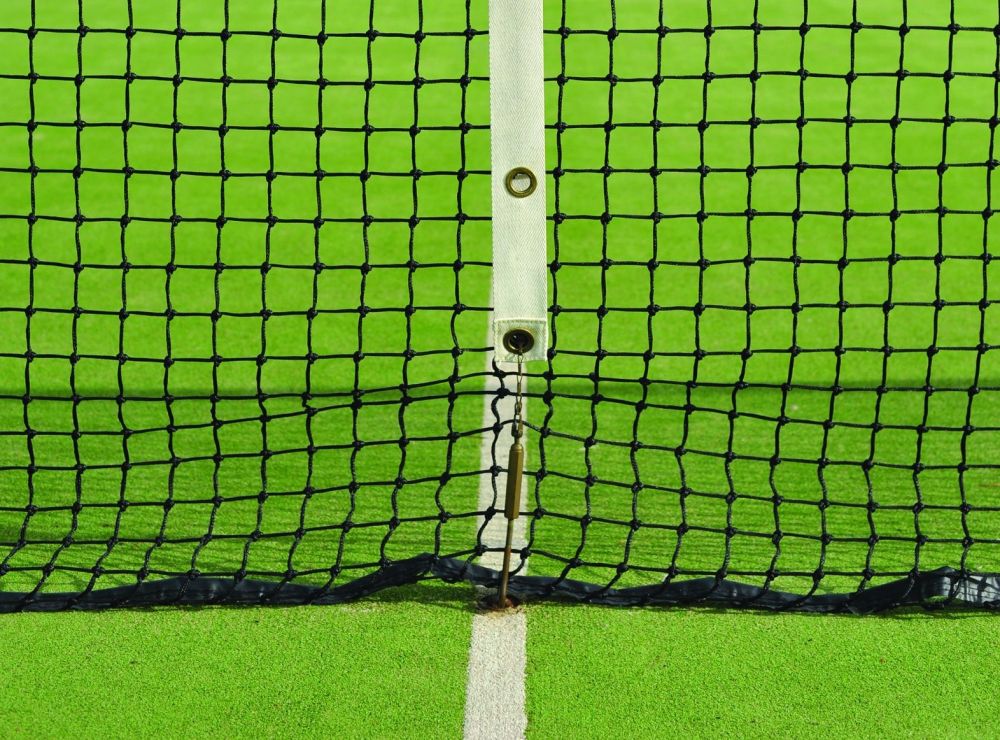
Why Is A Tennis Court Net Lower In The Middle?
A tennis court net is lower in the middle for both strategic and practical reasons. Mainly the reason for the sagging in the middle is the height of the poles holding it in place.
Since the middle of the net should be three feet tall, this makes the middle slightly lower than the stakes holding it up because the rods are not wide enough for the net’s height to be consistent across its length, nor is the tension great enough.
Secondly, a tennis court net is lower in the middle for gameplay. Aiming for the middle of the net makes it easier to score against your partner as it’s the more accessible part of the net to get the ball over.
Whereas aiming for either end of the net is more challenging since the yield is higher. Overall, the sag in the middle of the net forces players to rethink their approach and devise new ways to score against their challenger.
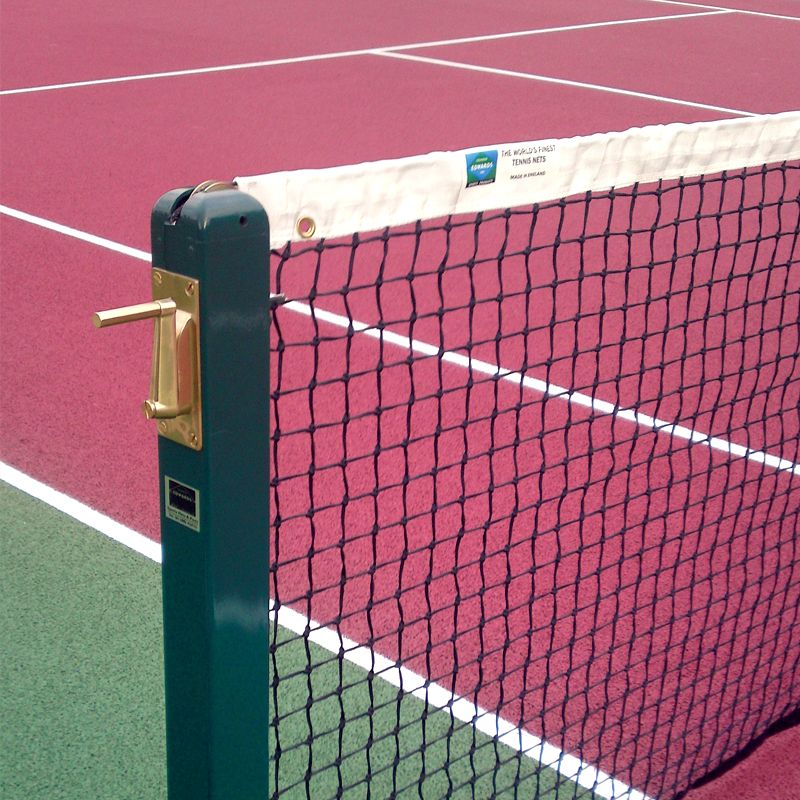
Doubles Tennis Net Height Vs Singles Court
Depending on whether you’re planning to play doubles or singles court, the height of the net varies, so it’s worth double-checking that the height requirements are correct before you start playing.
A singles court is 324” whereas a doubles court is 432”, so to play doubles, the centres of the net posts must be 36” outside the doubles court on each side. On the other hand, if you’re using a doubles net for play, then it should be supported by two posts at 42”, which centres must be 36” outside the singles court on both sides.
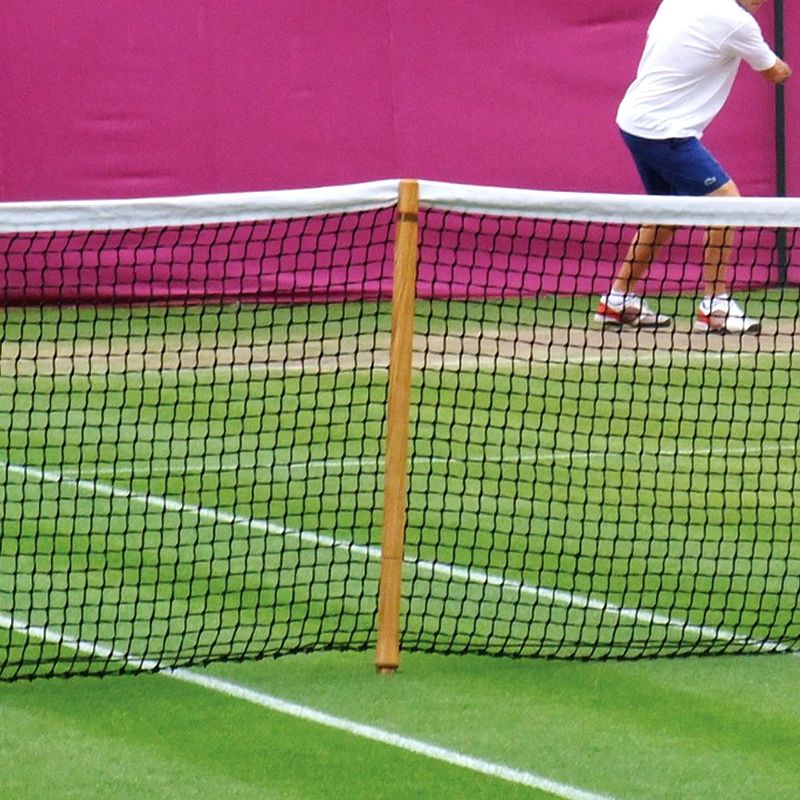
What Are Tennis Net Singles Sticks?
Singles sticks are valuable equipment for those playing singles matches on doubles courts.
Unfortunately, when playing in these circumstances, you will find that most nets won’t meet the required height of 42” above the sidelines, which is an official requirement in singles matches. To combat this, you can use singles sticks to act as a secondary pair of net posts to meet the required height.
Consider purchasing a couple from our online store or contacting us for more information.
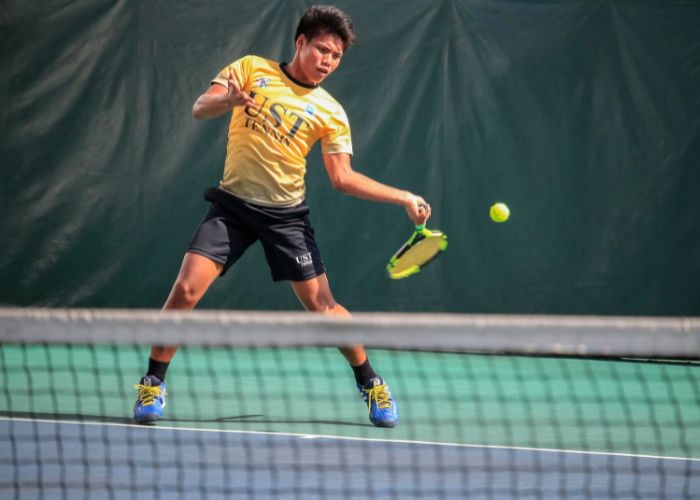
Image by ©Jim De Ramos (from pexels) via Canva.com
Does Tennis Net Height Differ Between Tennis Court Surface?
The height of a tennis net remains the same between all types of court surfaces; however, different court textures can affect other aspects of gameplay, such as ball bounce back and a player’s movement.
Some materials can affect other parts of the game, so make sure you factor these in when you plan to play.
For more insight, don’t hesitate to follow our blog for other tennis-related topics, or contact us to discover more about our products/services and how we can help you.






